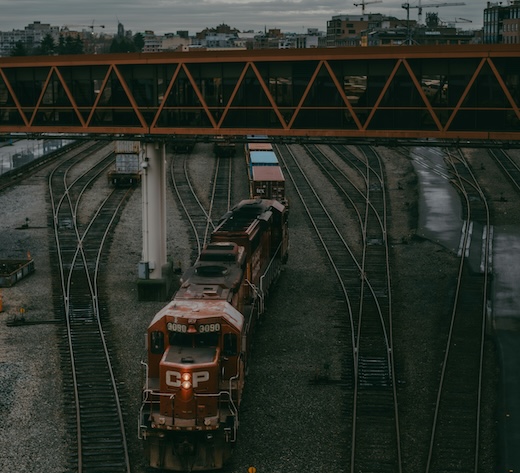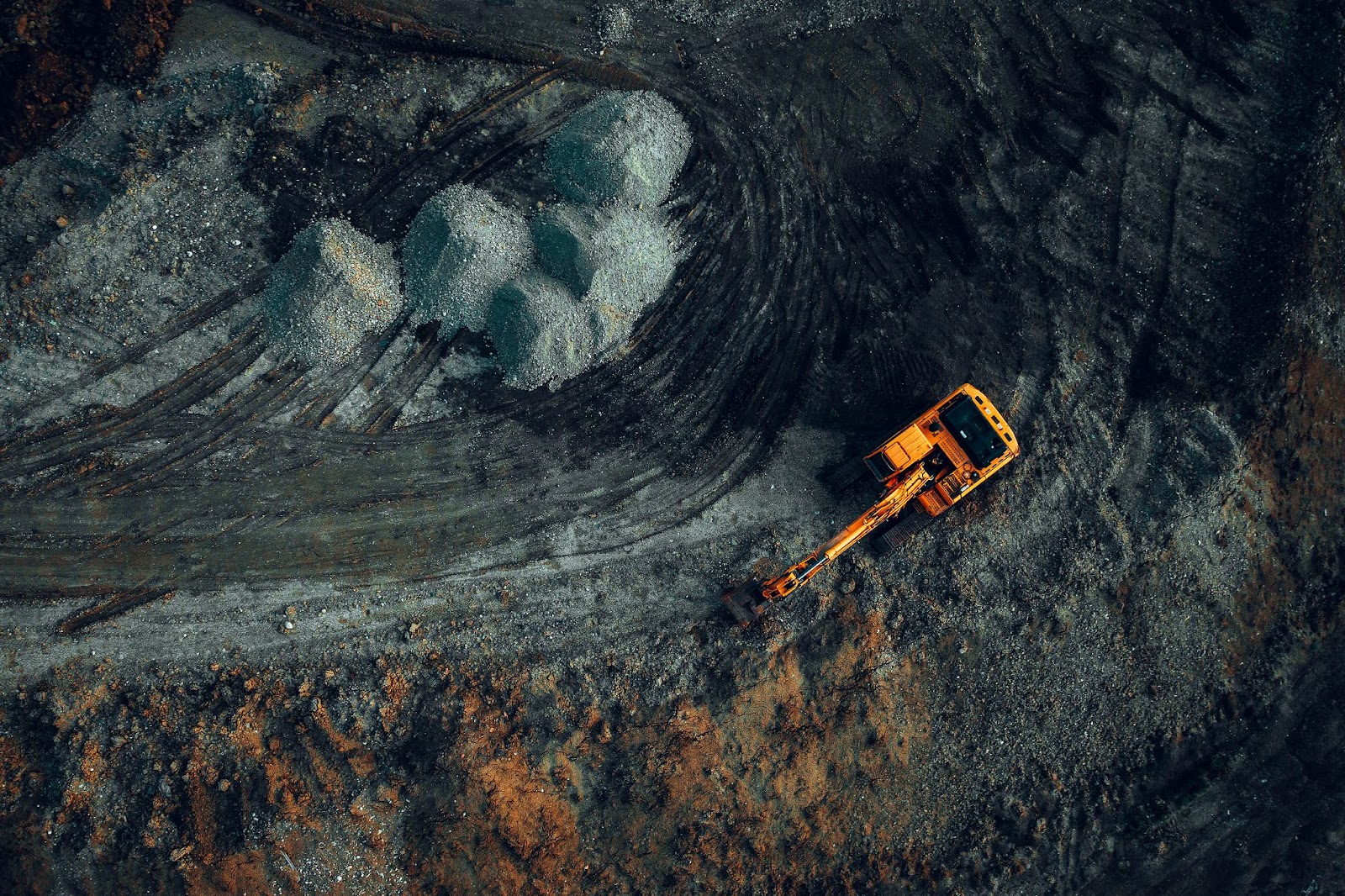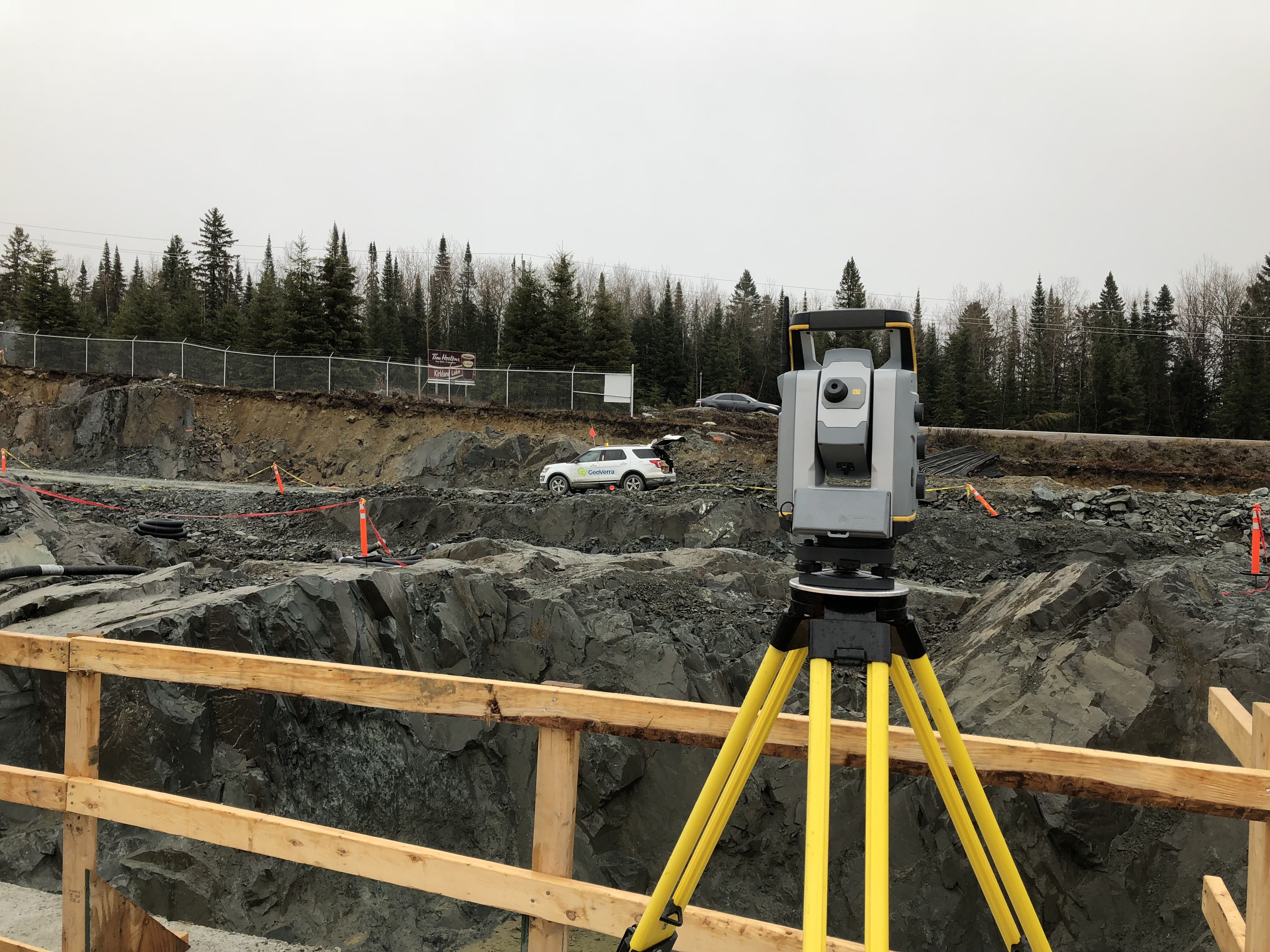Opinion: Canada's Railway Strike Exposes the Perils of Privatized Infrastructure for West Coast Resources

The recent railway strike in Canada serves as more than just a temporary inconvenience; it’s a stark reminder of the vulnerabilities inherent in our current infrastructure strategy. For a nation so heavily reliant on railways to transport its most valuable commodities—minerals, oil, gas, and grains—this strike should raise serious concerns about the future of our economy. More importantly, it highlights a fundamental issue: the privatization of Canada’s railways, built on the foundation of public investment, is now effectively holding the nation hostage.
A Historical Context: Public Investment, Private Profit
Canada's railways were not built by private enterprises alone. In the late 19th and early 20th centuries, the development and expansion of the railway network were significantly subsidized by government grants and public land concessions. This massive public investment laid the groundwork for what would become one of the most extensive and efficient railway systems in the world. However, over time, these railways transitioned into the hands of private companies, such as Canadian National (CN) and Canadian Pacific (CP), which now operate as profit-driven entities.
The problem with this privatization model is that it places the power to disrupt national logistics into the hands of a few corporate interests. The railway strike, which brought a significant portion of Canada’s supply chain to a halt, is a prime example of how these private entities, initially funded with public money, can wield disproportionate influence over the economy. Are we comfortable allowing a few corporations to have such power over a nation’s critical infrastructure?
The Impact on West Coast Resources
The West Coast's resource industries are particularly vulnerable to such disruptions. From the mines of British Columbia to the oil fields of Alberta and the grain farms of the Prairies, rail transport is the lifeblood of these sectors. When rail services stop, so too does the flow of goods. The recent strike showcased how dependent our industries are on a single mode of transport. For example, mining companies faced logistical nightmares with stockpiles accumulating at sites, and oil producers scrambled for alternative, more costly transportation methods like trucking, which also increase carbon emissions.
This raises a crucial question for stakeholders: As we approach 2030, can we afford to continue with a single-point-of-failure system in transporting our most critical exports? Moreover, given the increasing global demand for these resources and the growing focus on sustainability and environmental impact, how will Canada ensure a resilient and efficient supply chain?
Privatization and Public Good: A Tenuous Balance
The current situation also calls into question the balance between privatized control and public good. While CN and CP make significant investments in their networks—claiming to spend upwards of $2.4 billion annually on capital improvements such as upgrading railcars and expanding intermodal yards—these investments are ultimately driven by the profit motive, not public interest ( RAC | Railway Association of Canada ).
Moreover, the railways' prioritization of higher-margin routes and services can often leave less profitable but essential routes underserved. This means that entire communities and industries could suffer if their needs do not align with the financial interests of these private companies. How do we reconcile this with the fact that these railways were initially funded with public money and built to serve the national interest?
Rethinking Infrastructure for the Future
As we look toward the future, it is clear that Canada needs to rethink its approach to critical infrastructure. The railway strike has exposed not just the vulnerabilities in our logistics networks but also the broader implications of relying on privatized entities for what should be considered public goods. Several options should be on the table:
- Diversification of Transportation Networks: Beyond rail, Canada must invest in a more diversified network of transportation that includes robust trucking routes, pipelines where feasible, and potentially even enhanced marine transport. This diversification would reduce the risk of single-point failures.
- Regulatory Oversight and Public Control: There is a strong argument for increasing government oversight of rail operations, or even exploring models where certain key rail services are brought back under public control. This would ensure that the primary focus remains on national interest and economic stability, rather than corporate profit.
- Investment in Resilient Infrastructure: Modernizing our railways with more advanced technologies, such as AI-driven logistics and digital twins, could make our transportation networks more resilient to disruptions. However, these investments should come with stipulations ensuring that public needs are prioritized over profits.
- Sustainability as a Core Principle: Any future investment in infrastructure must align with Canada’s climate goals. Relying on less sustainable options during disruptions undermines these objectives, and so developing greener transportation solutions is imperative.
The railway strike should not be viewed as a one-off event but rather as a warning of what could happen if Canada does not take decisive action. The risks of continuing down our current path are too great, especially for industries critical to the West Coast's economy and Canada's global standing. We need to ask ourselves whether we want to continue being held hostage by the interests of a few private corporations or take back control of our infrastructure to secure a resilient, sustainable, and equitable future.
As we move towards 2030, the decisions we make today will shape our economic landscape for decades to come. It’s time for a serious conversation about the future of our railways and, more broadly, about the role of public investment in critical infrastructure.





